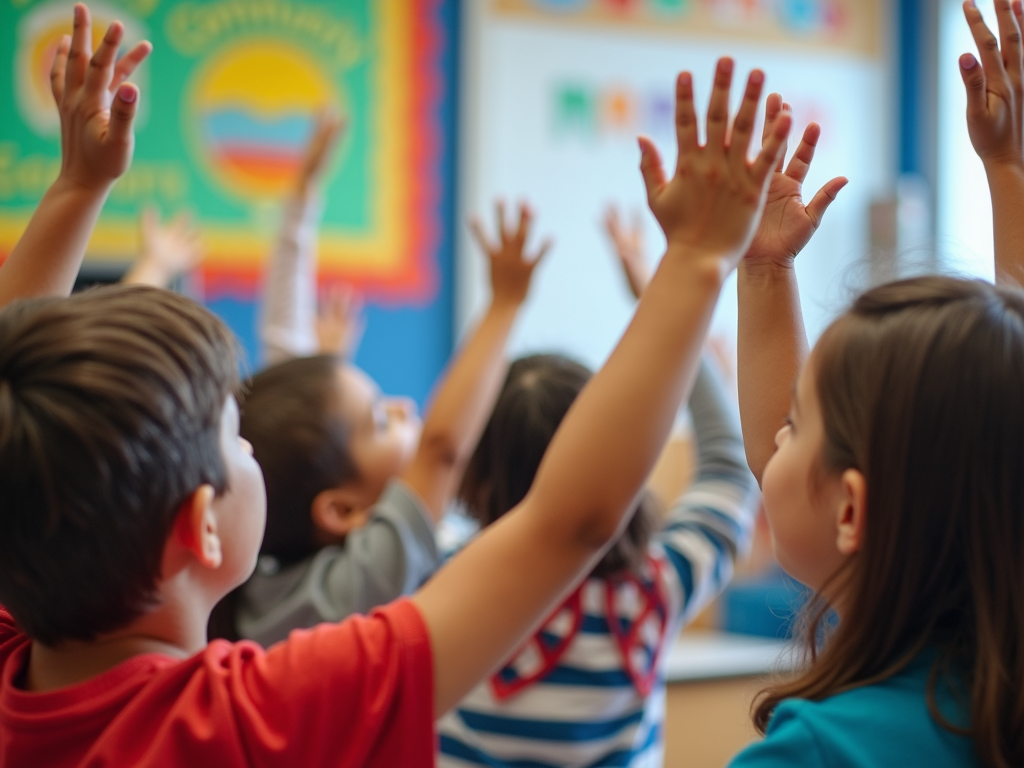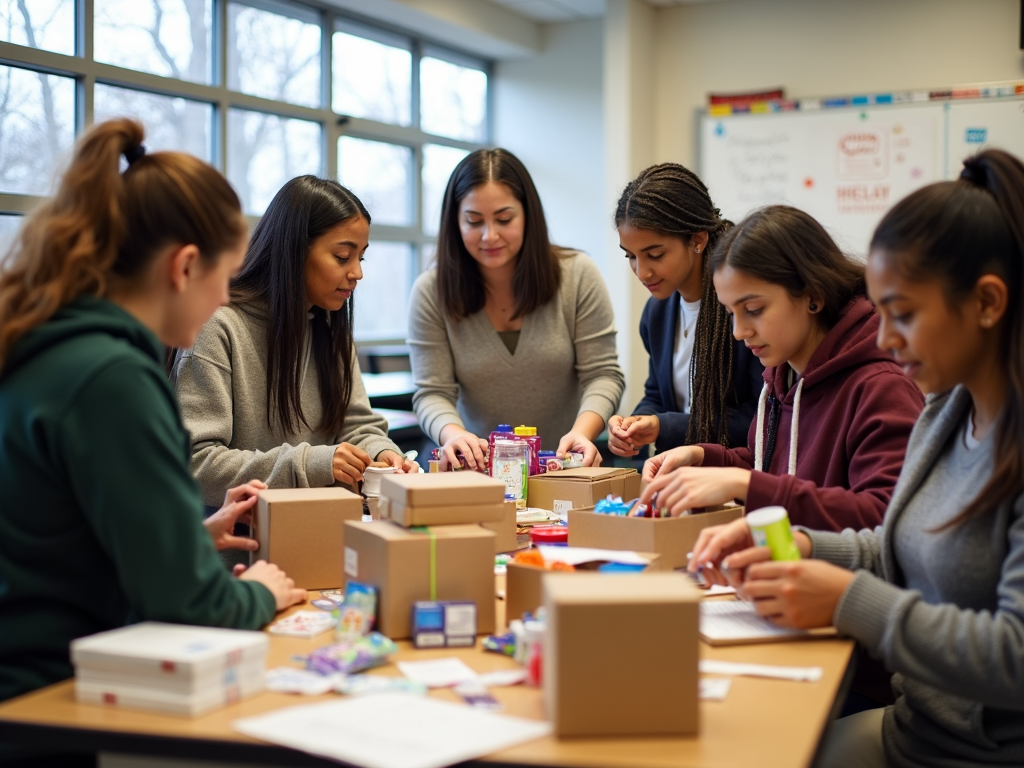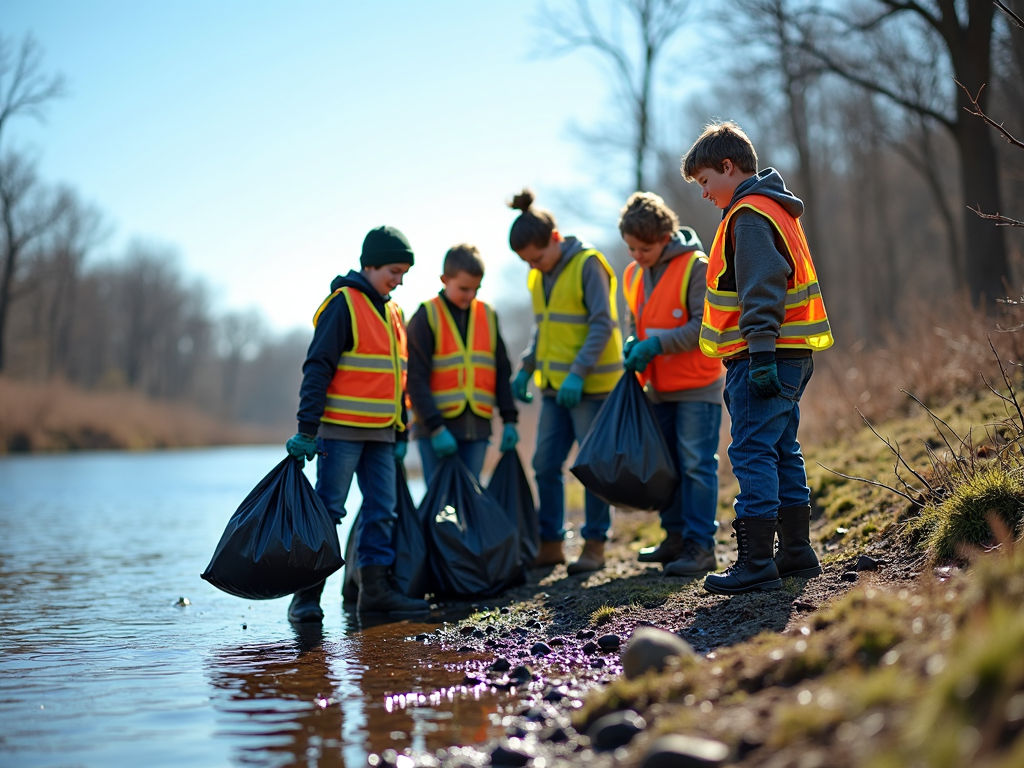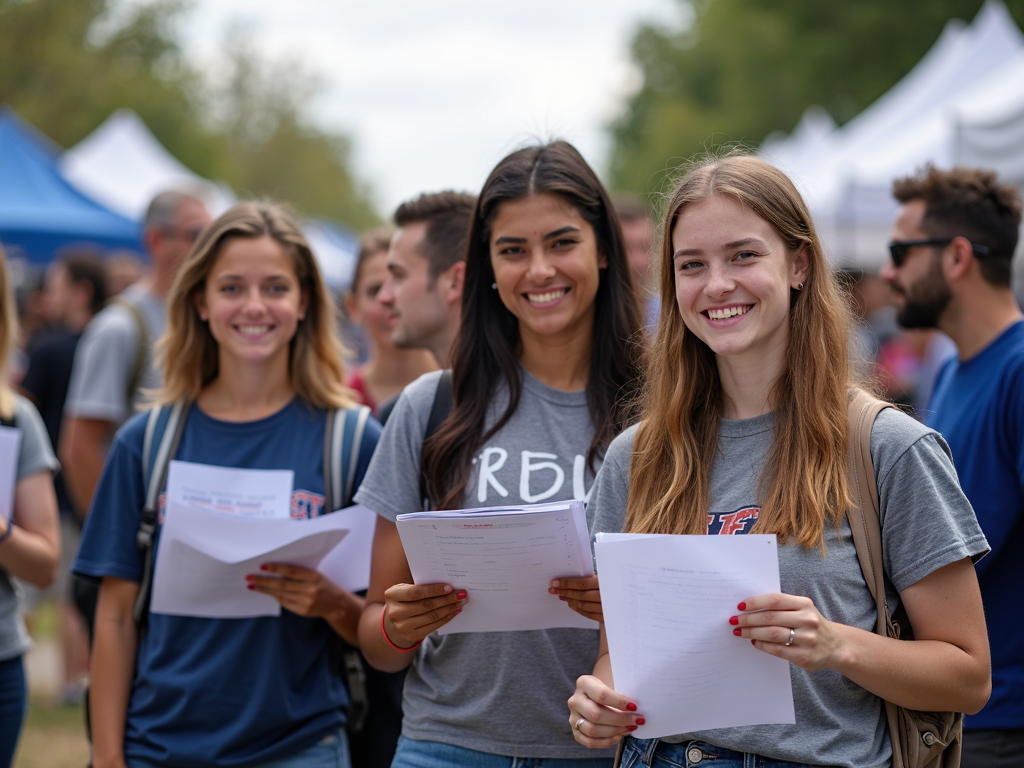How Education Shapes Responsible Citizens
By , June 25, 2025
Overview
Ever wondered how education goes beyond textbooks to shape responsible citizens? This article dives into The Role of Education in Fostering Civic Responsibility, exploring how service learning and volunteerism turn students into engaged community members. Get ready for insights, stories, and practical ideas!
The Foundation of Civic Responsibility
Education isn’t just about math or reading—it’s about building people who care. Schools teach kids early lessons like sharing and teamwork. These basics help students understand their role in society. Over time, they learn that being a good citizen means pitching in, not just standing by.

Think about it: a kid who learns to help a classmate today might volunteer at a food bank tomorrow. That’s the seed education plants. It’s not fancy—it’s practical. And it sticks with them as they grow.
What Is Service Learning?
Service learning blends school lessons with real community work. It’s hands-on and meaningful. Picture a history class rebuilding a local monument or a science group testing water quality in a nearby river. This isn’t just busywork—it ties learning to action.
I remember my own service learning moment. In 10th grade, we partnered with a shelter to build care packages. I’ll never forget the gratitude on people’s faces—or how it hit me that small actions matter. That’s what service learning and civic engagement do: they make lessons personal.

Why Volunteerism Matters
Volunteering takes civic responsibility up a notch. Schools push students to volunteer through clubs or events—like tutoring younger kids or planting trees. It’s not forced; it’s encouraged. And it builds a habit of giving back.
Studies show volunteers feel more connected to their communities. The Corporation for National and Community Service found that people who start volunteering young keep it up as adults. That’s a win for everyone—students grow, and communities thrive.
How Schools Build a Civic Culture
It’s not enough to have one-off projects. Schools need to weave civic responsibility into everything. Here’s how they do it: - Lessons Across Subjects: History might cover voting rights while science tackles pollution. - Local Ties: Schools team up with nonprofits for real impact. - Student Power: Kids lead projects, like organizing cleanups.

This approach works because it’s consistent. Students don’t just hear about responsibility—they live it. And when they see their efforts pay off, they’re hooked.
Comparing Service Learning Programs
Not all service learning is the same. Here’s a quick look at different types:
| Type | Goal | Example | Student Takeaway |
|---|---|---|---|
| Environmental | Protect nature | River cleanup | Care for the planet |
| Social Justice | Fairness | Homelessness awareness | Standing up for others |
| Education | Help others learn | Tutoring kids | Leadership skills |
Each type offers unique lessons, but they all build civic muscle.

Facing the Challenges
Nothing’s perfect. Some schools struggle with money, time, or know-how to pull off service learning. Teachers might not feel ready, and students might not all jump in. But there are fixes: - Use free online tools to plan projects. - Train teachers with quick workshops. - Let students pick what excites them.
These tweaks make a difference. I saw it firsthand when my school started small—a single cleanup day. It grew into a full program because we kept it simple and fun.
The Ripple Effect
Here’s the big payoff: students who get into this stuff don’t stop. They vote. They volunteer. They care. A study from the National Conference on Citizenship says civic education boosts lifelong engagement. One student helping today could mean stronger communities tomorrow.

Think of it like this: education doesn’t just fill heads with facts. It lights a spark. And that spark can change the world—one responsible citizen at a time.
How You Can Get Involved
Want to see this in action? Start small. Volunteer at a local event. Push your school to try service learning. Share your own story—because every experience counts. It’s not hard, and it’s worth it.
Summary
Education shapes responsible citizens through service learning and volunteerism. It’s practical, personal, and powerful. From classrooms to communities, it builds skills and habits that last a lifetime. So, what’s your next step to make a difference?
